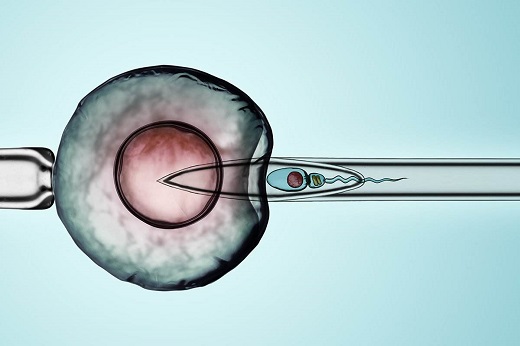Article Summary:
This article explores the recent breakthrough in Sichuan medical insurance, specifically regarding the inclusion of in vitro fertilization (IVF) in the coverage. It discusses the current status of IVF coverage, the benefits of including IVF in medical insurance, the challenges and obstacles in the process, the impact on families and society, the potential future developments, and concludes with a summary and analysis of the overall situation.

---
In recent years, the issue of whether in vitro fertilization (IVF) should be included in medical insurance coverage has been a topic of debate and discussion. In Sichuan, a recent breakthrough has been made in this regard, with the potential inclusion of IVF in the medical insurance system. This article will delve into the various aspects of this development, including the current status, benefits, challenges, impact, and future prospects of IVF coverage in Sichuan.
---
In Sichuan, IVF is currently not covered by medical insurance, which means that the high costs associated with the procedure are a significant financial burden for many families. This lack of coverage has led to disparities in access to IVF treatment, with only those who can afford it being able to undergo the procedure. The exclusion of IVF from medical insurance has also raised questions about the fairness and equity of the healthcare system.

---
The inclusion of IVF in medical insurance would bring about several benefits. Firstly, it would make IVF more accessible to a wider range of people, including those from low-income backgrounds. This would help to address the inequality in access to reproductive healthcare. Additionally, it would alleviate the financial strain on families seeking IVF treatment, as the costs would be partially or fully covered by insurance. Moreover, it would recognize infertility as a medical condition deserving of support and treatment.
---
However, the inclusion of IVF in medical insurance also presents challenges and obstacles. One of the main challenges is the potential strain on the healthcare system, as an increase in the number of IVF procedures could lead to higher demand for medical resources and facilities. Additionally, there may be resistance from certain groups who question the ethics and morality of IVF. Overcoming these challenges will require careful planning and consideration of various factors.

---
The inclusion of IVF in medical insurance would have a significant impact on families and society. It would provide hope and relief to couples struggling with infertility, offering them a chance to fulfill their desire for parenthood. This, in turn, could have positive effects on mental health and well-being. From a societal perspective, it would contribute to the broader goal of promoting reproductive rights and healthcare equality.
---
Looking ahead, the potential inclusion of IVF in Sichuan's medical insurance system opens up possibilities for further developments in reproductive healthcare. It could pave the way for more comprehensive coverage of infertility treatments and related services. Additionally, it may spur advancements in research and technology in the field of assisted reproductive technology. These future developments hold promise for improving the overall landscape of reproductive healthcare in Sichuan.
---
In conclusion, the potential inclusion of IVF in Sichuan's medical insurance system represents a significant step forward in addressing the challenges and inequalities related to infertility treatment. While there are challenges and obstacles to navigate, the benefits and potential future developments make a compelling case for the inclusion of IVF in medical insurance. This breakthrough has the potential to bring about positive changes for families and society, and it will be important to monitor and support the ongoing developments in this area.